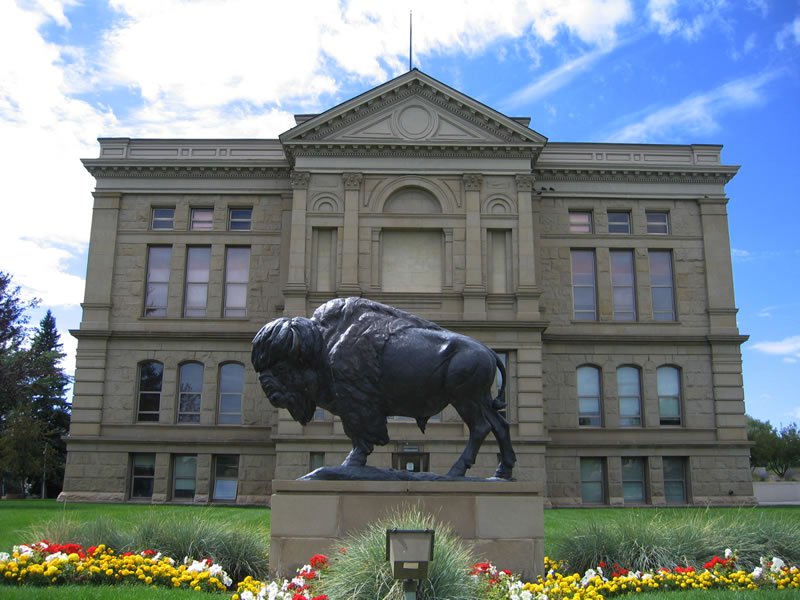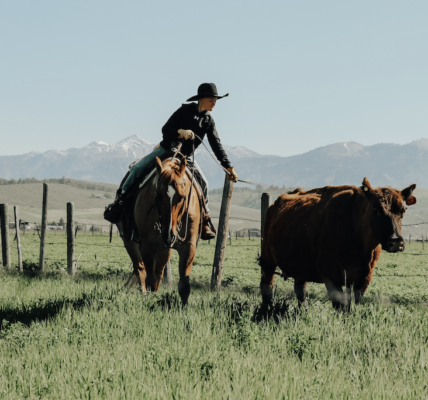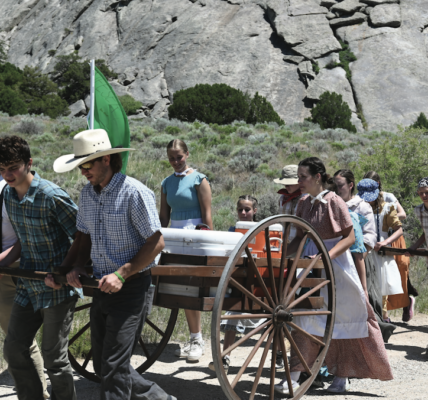A bill that calls for reducing the taxes in the mineral industry is ready for introduction. The proposal is designed as an incentive for the oil and gas industry, encouraging businesses to expand their operations in Wyoming.
A bill that would have increased taxes on liquor sales in Wyoming has failed in the House Revenue committee.
The Joint Appropriation’s budget bill, expected out later in the session, will leave approximately $70 million of unallocated funds in the budget.
The Senate will hear 16 bills on introduction today, with topics including Tax Reform 2020, Wind energy facilities, and Severance Tax Exemptions. The Appropriations, Revenue, Agriculture, Travel-Wildlife and Corporations committees are meeting today in the Senate. Topics will include school refinance, excise tax audits, water development, hunting colors and election notices.
The House will hear 44 bills with topics including Municipal Jurisdiction, Physician Noncompeting Clauses, Coal Export Terminal Litigation and Game and Gish Conservation Stamps. The Judiciary, Appropriations, Agriculture and Corporations committees are meeting in the House today. Topics include Domestic Abuse, Wyoming Retirement Plans, In stream Flow Consultants and Election Law Violations.
In other news from state Capital:
The Wyoming Republican Party will meet at the Little America in Cheyenne Feb. 24 to select three people to replace Ed Murray who resigned at the beginning of the month. Those wishing to be considered for becoming Murray’s replacement should contact Kristi Wallin, Executive Director of the Wyoming Republican Party, by calling her at (307) 760-3898 or by stopping by the State GOP office at 1714 Capitol Avenue in Cheyenne, for details on being considered. The deadline for submissions is 5 PM on Thursday, February 22.
Wyoming Department of Transportation Director Bill Panos is reporting the rural component of President Donald Trump’s infrastructure plan could benefit Wyoming, and rural areas in other states by providing ways to improve transportation. Under the president’s plan, the federal government would leverage $1.5 trillion for infrastructure improvements and of that amount; $50 billion will be used toward the rural infrastructure plan. The $50 billion in funding would go to the governors of each state, who would then determine the transportation priorities of their states.





